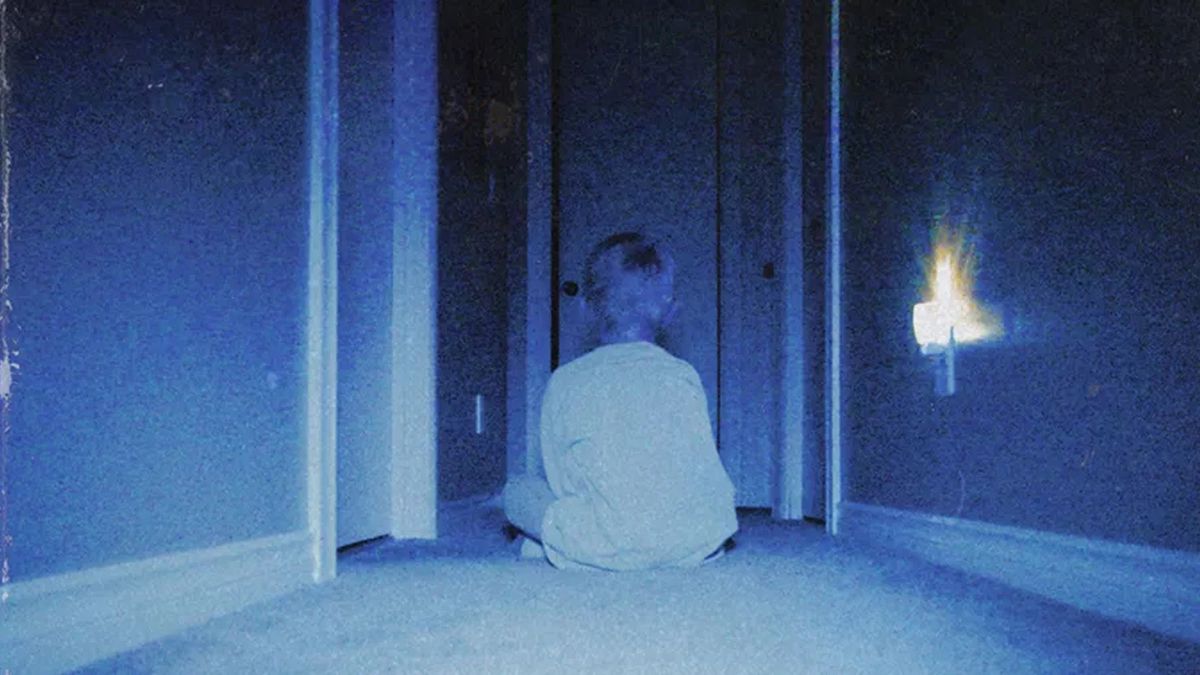By Cassidy Lee
Staff Writer
This month, Typhoon Jebi hit Asia, just after Typhoon Cimaron left immense damage in late Aug. Starting on Tuesday, Sept. 4th, Japan was struck by winds up to 100 mph. These strong winds swept through the cities of western Japan, such as Kyoto, Osaka, and Tokushima, killing 11 people and injuring over 400. Typhoon Jebi was the biggest typhoon Japan has encountered in 25 years. It made landfall on Japan as a Category 1 but quickly began to escalate to a Category 5 as rapid winds blew through the city.
As Japan is battered by heavy rainfall, landslides, and intense winds, many of casualties were due to collapsing buildings and accidental drownings from major flooding. Rescue attempts had begun by Sept. 5, and thousands of residents and tourists were airlifted or taken by ferry to shelters. People watched and filmed as roofs on buildings and houses were ripped from the structure by the extreme winds.
The 100 mph winds caused boats and tankers in Osaka Bay to crash into one another and into bridges, however, no casualties were reported. Major flooding has caused residents and tourists to be trapped in buildings. “A group of about 160 elementary school pupils in Kyoto have been stranded since Tuesday (Sept.4) in a facility in Kyoto where they were staying for a school trip,” states The Japan Times. Two of the school children fell ill and had to be airlifted to a nearby hospital.
According to Kyodo News, a Japanese news station, “thousands of passengers were evacuated Wednesday from flooded Kansai International Airport, which will remain closed for about a week due to the damage.” Jebi, has caused an extensive amount of devastation to the western cities of Japan.
Tourists have been stranded at the Kansai International Airport after water flooded the runways and the bridge connecting the airport to Osaka collapsed after a 2,700 lb tanker crashed into it. According to the South China Times, “over 3,000 tourists[..] have been stranded since Tuesday[…]where all incoming flights have been cancelled due to flooding.” Approximately, 16,000 people had to be evacuated from Osaka.
Typhoon Jebi has not only caused significant destruction to buildings in western Japan, but the economy has also taken a major hit as well. Businesses had been shut down from operation as soon as the storm began and most likely will continue to suppress business operations until the storm is over. According to the Chicago Tribune, “the closure of the main airport serving one of Japan’s major business and commercial areas triggered concern about the possible impact on tourism and the economy.” By Sept. 10th, the Japanese government had begun clean-up operations. More than 8,000 people are in shelters.

